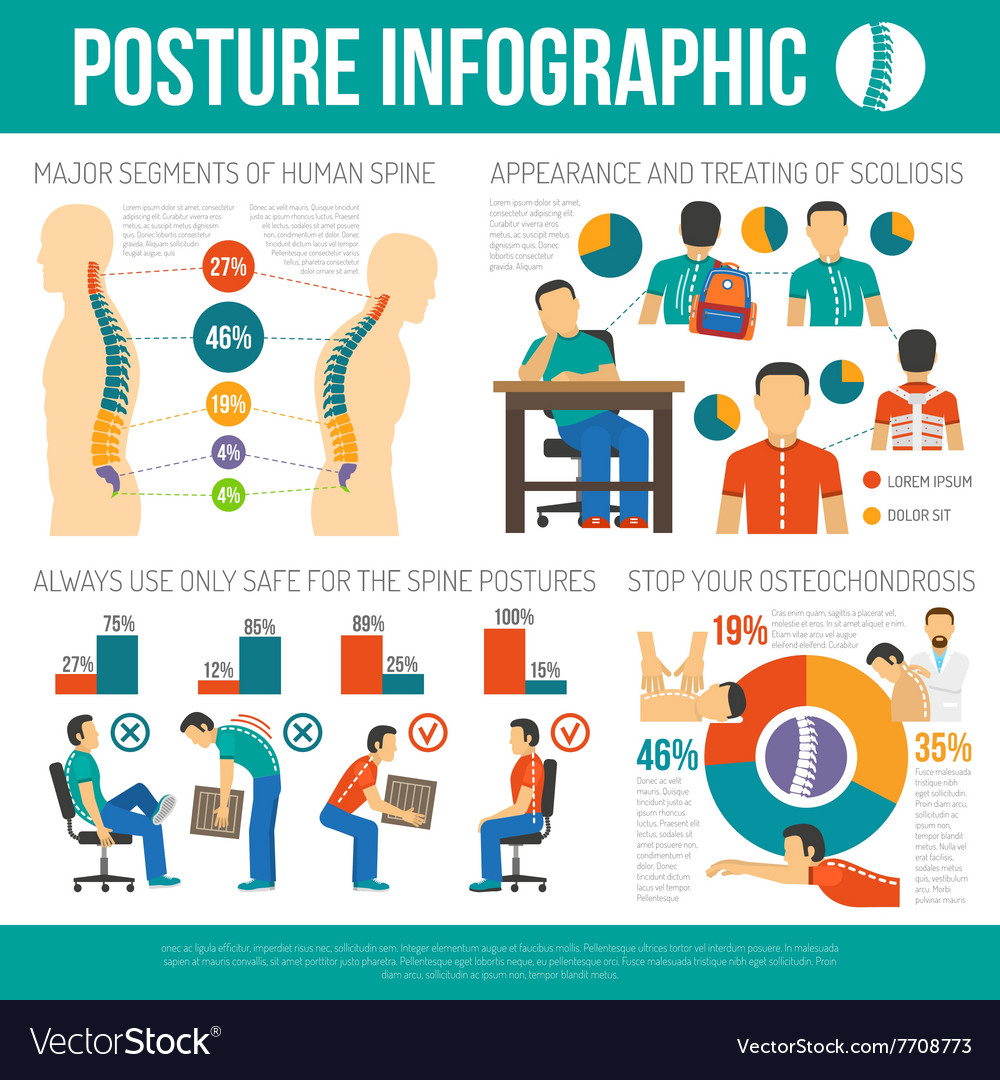Trick Daily Routines That Cause Pain In The Back And Exactly How To Alleviate Their Impacts
Trick Daily Routines That Cause Pain In The Back And Exactly How To Alleviate Their Impacts
Blog Article
Created By-Love Landry
Keeping appropriate position and staying clear of common risks in everyday activities can dramatically impact your back wellness. From exactly how you rest at your desk to just how you lift heavy things, little modifications can make a big difference. Envision a day without the nagging back pain that prevents your every relocation; the service may be easier than you think. By making a few tweaks to your day-to-day practices, you could be on your way to a pain-free presence.
Poor Posture and Sedentary Lifestyle
Poor stance and a sedentary lifestyle are 2 significant contributors to neck and back pain. When you slouch or hunch over while resting or standing, you put unnecessary stress on your back muscular tissues and back. This can bring about muscle imbalances, tension, and eventually, chronic pain in the back. Furthermore, sitting for Read More On this page without breaks or exercise can deteriorate your back muscles and result in rigidity and discomfort.
To combat poor pose, make a conscious effort to rest and stand up directly with your shoulders back and lined up with your ears. Bear in mind to maintain your feet level on the ground and stay clear of crossing your legs for extended durations.
Incorporating regular stretching and strengthening exercises right into your day-to-day routine can additionally help boost your pose and reduce pain in the back connected with a sedentary way of living.
Incorrect Training Techniques
Inappropriate lifting techniques can significantly contribute to neck and back pain and injuries. When you lift hefty things, remember to bend your knees and use your legs to lift, rather than relying on your back muscle mass. Avoid turning your body while lifting and keep the object near to your body to minimize strain on your back. It's essential to maintain a straight back and avoid rounding your shoulders while lifting to prevent unneeded stress on your spine.
Constantly evaluate the weight of the item prior to lifting it. If it's as well hefty, request aid or usage tools like a dolly or cart to deliver it securely.
Remember to take breaks during lifting jobs to give your back muscles a possibility to rest and protect against overexertion. By carrying out proper lifting techniques, you can prevent back pain and reduce the danger of injuries, guaranteeing your back stays healthy and balanced and strong for the long-term.
Lack of Normal Workout and Stretching
A less active way of living without regular exercise and extending can substantially add to pain in the back and pain. When you don't engage in exercise, your muscle mass come to be weak and stringent, causing bad position and increased strain on your back. Routine workout helps enhance the muscular tissues that sustain your spine, boosting stability and lowering the threat of pain in the back. Including extending right into your routine can likewise improve adaptability, protecting against rigidity and pain in your back muscles.
To prevent back pain triggered by an absence of workout and stretching, aim for a minimum of 30 minutes of moderate physical activity most days of the week. Include workouts that target your core muscles, as a strong core can aid ease pressure on your back.
In addition, take breaks to stretch and relocate throughout the day, specifically if you have a workdesk work. Easy stretches like touching your toes or doing shoulder rolls can assist ease stress and protect against neck and back pain. Focusing on regular workout and extending can go a long way in keeping a healthy back and decreasing pain.
Conclusion
So, bear in mind to stay up right, lift with your legs, and stay active to prevent back pain. By making straightforward adjustments to your daily behaviors, you can prevent the discomfort and constraints that come with neck and back pain. Care for your spine and muscles by exercising great pose, proper lifting strategies, and regular workout. Your back will thank you for it!
